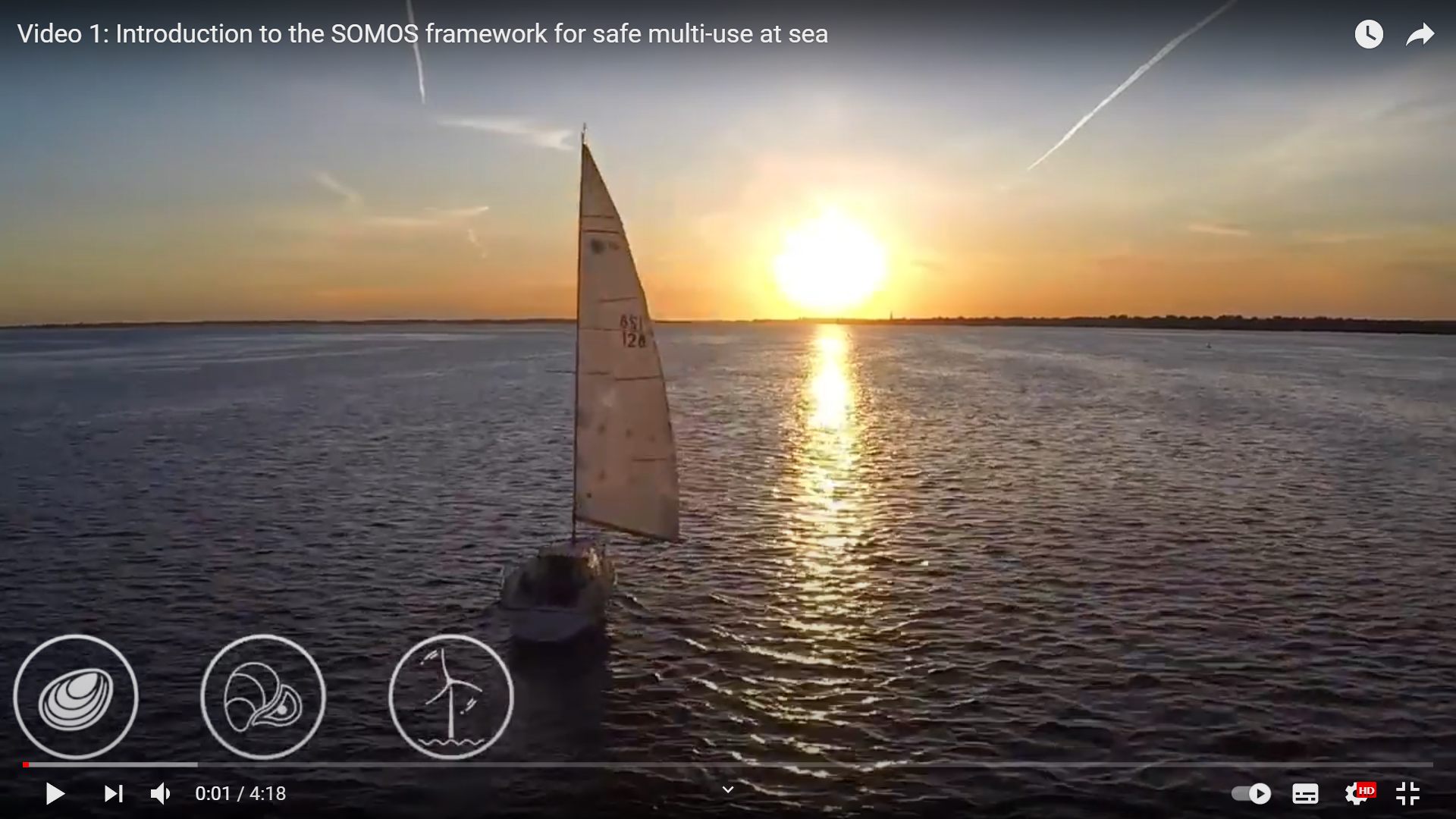Legal, policy and governance pillar
The Legal, Policy and Governance Pillar assisted in the development of ocean multi-use solutions by analyzing the societal context, addressing risks and legal challenges and supporting the rollout and upscaling of activities. The activities focused on:
- Addressing challenges to support the rollout and upscaling of activities, with special attention to insurance aspects;
- Addressing health and safety aspects of ocean multi-use solutions;
- Translating the substance and core principles of governance to the context of risk and risk-related decision-making;
- Involving stakeholders when assessing safe and health aspects, as well as in the development of viable business models for ocean multi-use solutions.
Short informative videos have been produced addressing the health and safety aspects of ocean multi-use solutions. They provide insights about the health and safety framework which will be applied in the UNITED project. UNITED is developing a series of videos on this topic that will be uploaded here as they become available.
POLICY BRIEFS
About the LEGAL, POLICY AND GOVERNANCE PILLAR
Part 1: Introduction to the SOMOS framework for safe multi-use at sea
This video provides a general introduction looking at the ocean multi-use concept from the health and safety perspective. It defines safety in the context of multi-use and introduces the assessment framework which may be used to answer whether the ocean multi-use operation is safe. https://www.youtube.com/watchv=3BRKUYzn6pA
Part 2: Three layers of the SOMOS model
This video describes the SOMOS model designed as a framework for safety assessment to assist you to detect risks and hazards, develop actions to deal with these risks, and communicate about risks. https://www.youtube.com/watch?v=16B5m8NnVIE&ab_channel=H2020UNITED
Part 3: The SOMOS model step 1 - Exploring
This is the first video in which we go step by step through the phases of the SOMOS model. The first step is the phase of exploring: describing the multi-use system. By using tools such as policy analysis, stakeholder mapping and stakeholder analysis you can identify the multi-use activities planned or taking place, identify relevant actors and describe the multi-use system. Stakeholders can provide data, information and evidence on crucial steps in the multi-use system. https://www.youtube.com/watch?v=YxkGW525OPo
Part 4: The SOMOS model step 2 - Understanding
In the second step of the SOMOS model we go through the phase of understanding: analysing risks and mitigation options. In this step you identify opportunities and threats (hazards) to the multi-use system, identify ambiguities and uncertainties in the multi-use system, implement a formal and participatory risk assessment, identify control options, mitigation measures and coping strategies. To do so you use a.o. event and fault trees, probability estimations and Bayesian networks. Stakeholders assist in developing a shared identification of hazards and risks. https://www.youtube.com/watch?v=3XNa0VB2cM8
Part 5: The SOMOS model part 3 - Appraising
In this video we look at the phase of appraising: assessing risk management options. You can assess hazards, risks, consequences under different scenarios and events, given the current level of knowledge and understanding and appraise risk management options. Stakeholders provide norms and values to be included in the appraisal of scenarios, likelihoods and consequences and in the development of acceptance criteria for mitigating measures. Tools you can use are identification of critical hazards, cost-benefit analysis, multi-criteria analysis and societal cost-benefit analysis. https://www.youtube.com/watch?v=tY7ibBfFd-c
Part 6: The SOMOS model step 4 - Deciding
In step four of the SOMOS model we are going to decide which management actions to implement. In this phase of deciding we involve the stakeholders to generate a process of co-decision making. Tools we can use are Bayesian networks and Decision Support Systems. https://www.youtube.com/watch?v=FvnMchlbOwc&ab_channel=H2020UNITED
Part 7: The SOMOS model step 5 - Implementing
In step four of the SOMOS model we decided which management actions to implement. In phase five we are now going to implement the actions, together with all relevant stakeholders as actors in the implementation. Make sure that everybody is aware of the plan to implement. And in case of any accident happening, analyse what went wrong and use it to improve the safety management plan. https://www.youtube.com/watch?v=ET7W2T_qZ-4&ab_channel=H2020UNITED
Part 8: The SOMOS model step 6 - Evaluation & Communication
At the centre of the SOMOS model lies Evaluation & Communication. It is important to during each step of the framework ask yourself: did we reach the goal? Are we ready to go to the next step? Or should we first go back one step? In addition, it is important throughout the entire process to Communicate with all relevant stakeholders, both inside and outside of your activities. https://www.youtube.com/watch?v=Mu5n-lOWvvs
Part 9: The core of the SOMOS model - Three perspectives
In this video we look at the different perspectives you can take on the Safety aspects of your multi-use. Safety aspects may stem from the safety of people and equipment, from the impact of activities on the ecosystem or from safety aspects from your production process, for example food safety issues when producing seafood. Also, different groups of stakeholders may hold different views and perspectives. The challenge is to tie these different views together in the safety assessment. https://www.youtube.com/watch?v=0RmwHgisUqg&ab_channel=H2020UNITED

The products of the Legal, policy and governance Pillar:
